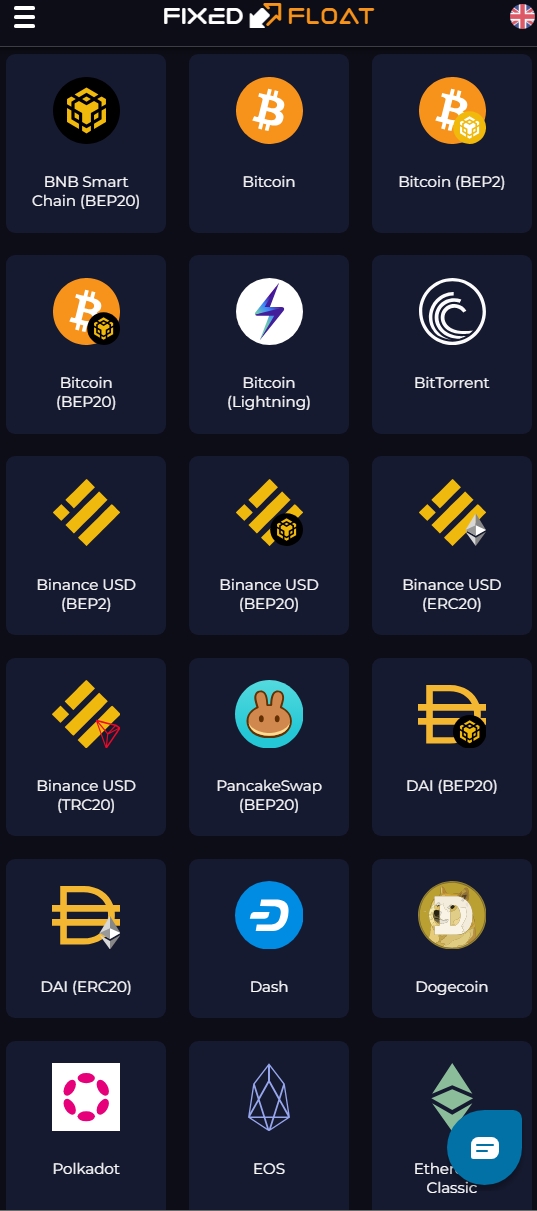TEMA is an abbreviation of Triple Exponential Moving Average. This technical indicator has been developed by Patrick Mulloy and first published in 1994 in Technical Analysis of Stocks & Commodities (paper called “Smoothing Data with Faster Moving Averages”). TEMA provides better price averaging and responds faster to any price swings. It can filter out many minor price fluctuations (price volatility) so it is much easier to identify the dominant trend. What makes TEMA indicator so efficient is that on one side, it uses several smoothed EMA (which makes the TEMA curve smooth enough) but on the other side, the formula also includes an adjustment for de-lagging behind the price. It is considered to be a trend indicator.
RWI is an abbreviation of Random Walk Index. The technical indicator was developed by Michael Poulos and published in Technical analysis of Stocks and Commodities in February 1991 (the article was called "Of trends and random walks"). The main goal of the indicator is to determine whether the price is significantly trending or whether it makes just some random movements up and down (moving sideways). Because the RWI is a trend indicator, we can use it in similar ways as we use the ADX or Aroon indicators.
STC - Schaff Trend Cycle was created by Doug Schaff. STC combines the advantages of trend-following indicators, cyclic and counter-trend oscillators into one single indicator. Schaff Trend Cycle is not based on Close price (as is the case with other indicators) but its calculation is based on another indicator values. So the technical trader can get Buy and Sell signals excluding many false whipsaws. Moreover STC generates signals soon enough, even before the trend changes. That is the reason why it is considered being one of the best technical analysis indicators ever.
Zig Zag (also zigzag indicator) is popular especially among technical traders whose aim is to identify current trend on the market. This indicator is used to remove the market noise from the price chart, so the trend can become much clearer. Unlike other indicators of technical analysis it does not compute exact numbers that would signalize the right time to sell or buy. It is more like chart patters – it is being drawn in a chart and makes the trend (also price swings) more visible. Zig Zag calculation can be based on more types of prices. It is usually calculated on Close prices, but can also be based at the High and Low average prices or OHLC prices.
The True strength index (also known as TSI indicator) was developed by William Blau. He published it in the “Technical Analysis of Stocks and Commodities” magazine in 1991 but we also suggest you reading his book “Momentum, Direction and Divergence” (1995). TSI indicator is in fact a momentum oscillator. The basic idea that stands behind it is to show both – the strength of the current trend and the overbought (or oversold) conditions.
TRIX indicator is an abbreviation of ‘TRIple eXponential’ as it is based on triple smoothed exponential moving average. It was developed by Jack Hutson, an editor for Technical Analysis of Stocks and Commodities magazine, in the early 1980’s. In fact, TRIX indicator is an oscillator (it oscillated around its centerline) that combines trend (moving averages are trend-following indicator) with its momentum. The main idea that stands behind TRIX is to filter price noise and insignificant price moves, so technical analysts can better see the trend and how much it dominates.
